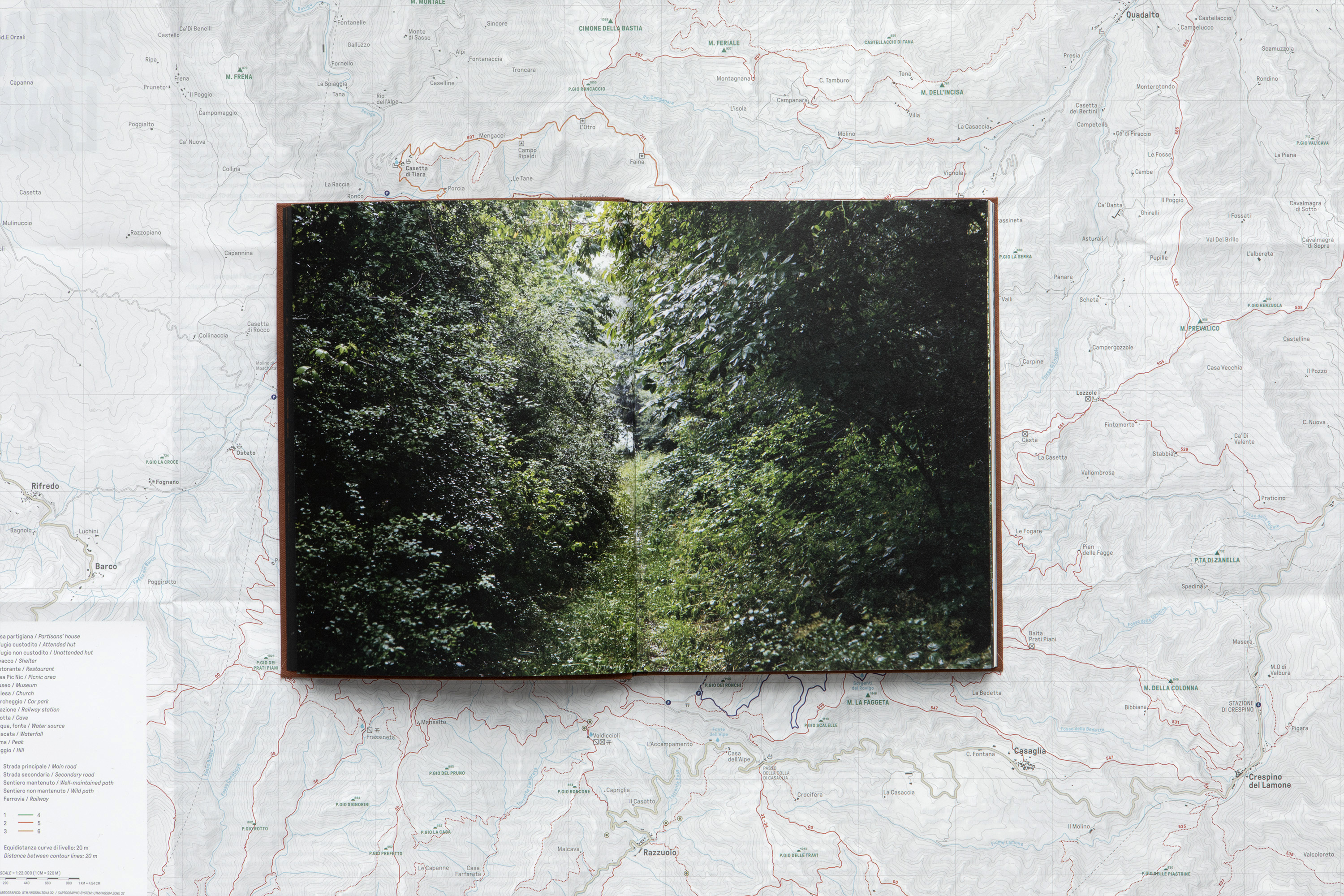Giancarlo Barzagli – Wu ming 2
Basta chiederlo ai faggi – “Grüne Linie”
a three-day journey trought the forest, the history, the contemplation and the discovery of the Tuscan Romagna Apennines
co-curated by Corniolo and DISCIPULA
Everyone is welcome to apply, local people and foreigners, by the way the workshop will be hold in Italian as leading language
“Camminare è un dialogo, non si è mai soli. Seguire un sentiero è ricordare, anche se non si sa che cosa. È aggiungere il proprio filo di vita all’intreccio di fili che compone un luogo.”
Basta Chiederlo ai Faggi di Wu Ming 2
DATE
25th – 28 th September 2019
DEADLINE 31st August 2019
Please, to sign up for the workshop send an email named
“Application Basta Chiederlo 2019″ provides by CV, your personal informations and contacts (up 2 page) to:
cornioloartplatform@gmail.com
Conditions
Meals are prepared and eaten together.
Accommodation is in shared rooms (two triples and one double).
Bathrooms are shared. Single rooms are not provided.
The drawing tools are borne by the participant. The list of the required will be communicated after registration.
DOWNLOAD INFO (ITALIAN) OR SEND AN EMAIL
PROPOSTA
a three-day journey trought the forest, the history, the contemplation and the discovery of the Tuscan Romagna Apennines,
Leading by Giancarlo Barzagli and Wu Ming 2 authors of the book “Grüne Linie”, a photo-narrative project dedicated to the Valle del Rovigo and the episodes of resistance that took place during the Second World War.



The three days will be an opportunity to share visual and narrative tools for the discovery of the landscape, its history and its present. Thanks to the map of the territory created for the publication we will investigate the concept of abstraction and orientation: which territorial complexity can a map translate? Which fragments of reality are included and which are excluded in the graphic abstraction of cartographic visualisation?
What does the contact with the landscape traveled on foot teach us and how this change the perception of time? We will deepen the toponymy of these places, which establishes a linguistic code of the mountain community: “A scale of detail not shown on any map but which resided entirely in the oral tradition of those who, due to the need for guidance, had given a name to these places.”
The terrotory’s knowledge of Giancarlo Barzagli and Wu Ming 2 is the guide to establish a walking paths, accompanied by critical and poetic readings, hints and points of view from which to contemplate issues related to the path, the border, the forest as a place of community and resistant activism.
Participants will be invited to develop short narratives (written or images) following the suggestions gathered during the walks that will then be shared and discussed once they are back on site.



